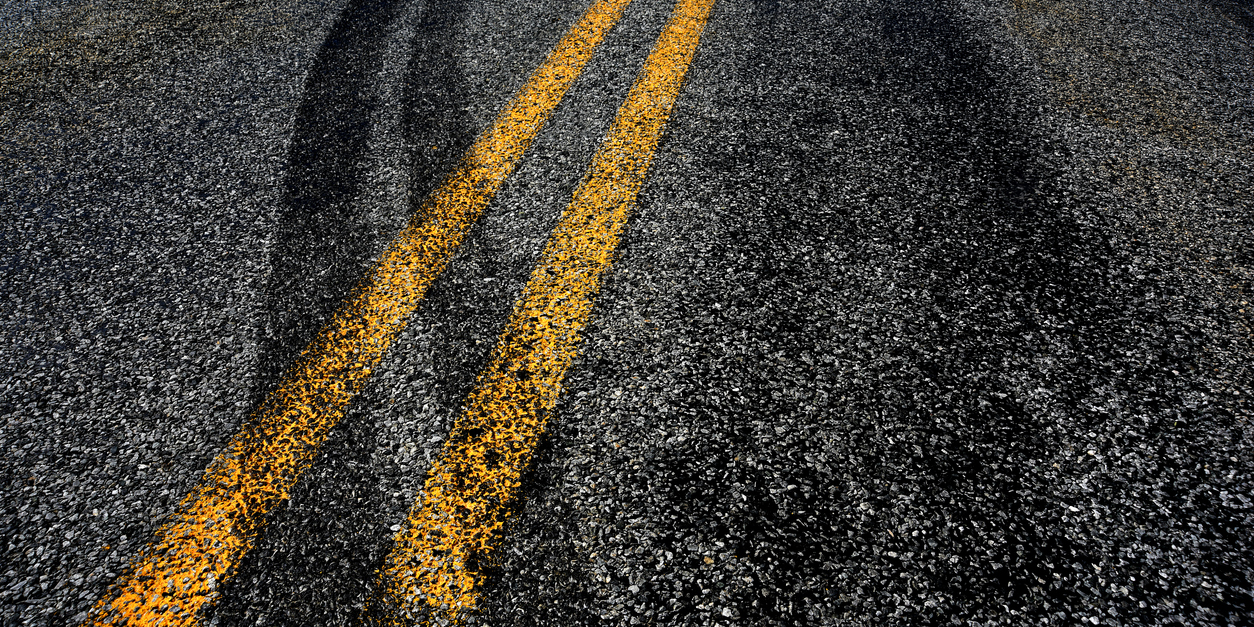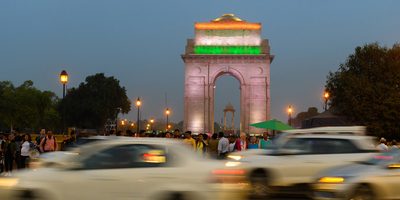
Media must help to facilitate evidence-informed policies on road safety
NEW DELHI, APRIL 1. Road traffic collisions are a major contributor to injury-related deaths in India but advocacy and effective action to mitigate this has been limited. Media coverage of road traffic collisions may influence preventative action and influence the understanding, prioritisations and actions taken by both individuals and decision makers towards improving safety.
While the World Health Organisation (WHO) has detailed guidelines on reporting on road safety that provides journalists direction on covering road traffic collisions to influence evidence- based action, a new study by researchers from The George Institute for Global Health published in the BMJ Global Health today titled “Media coverage and framing of road safety in India” found that the most common media coverage was on single collisions which was not a WHO recommended story angle.
Researchers conducted an analysis of Indian media in English to assess whether coverage met the WHO’s Reporting on Road Safety guidelines for evidence- based reporting of road traffic collisions. A total of 458 English- language articles published online between March 2018 and February 2019 were assessed against the seven recommended story angles and seven recommended key elements in the WHO guidelines.
“The most common story angle was descriptions of single collisions, which was not a WHO- recommended story angle. These included limited key elements such as use of human story or linking to road safety risks or evidence- based solutions,” said Medhavi Gupta, Research assistant and PhD candidate, injury program, at the George Institute.
Targeted media coverage of system- level evidence- based solutions to road traffic collisions was also lacking. journalists were not incorporating important elements in their articles such as human stories and discussion of broader economic and health impacts and were not incorporating a range of stakeholder voices, she added.
However, some articles did follow the WHO recommended story angles with 22.1 per cent discussing specific road safety solutions and a further 6.3 per cent discussing vulnerable groups. Almost all articles avoided the use of technical language, but only 2 per cent explicitly stated that road traffic collisions were preventable. More than half identified at least one evidence- based solution. Very few articles discussed economic or health impacts of road traffic collisions.
“Indian media in English can improve reporting by focusing on human stories and documenting experiences of those injured in road traffic collisions. Coverage should also focus more on evidence- based solutions, emphasising the systems approach which encourages government action rather than changes to individual behaviour,” said Jagnoor Jagnoor, Head Injury Division at The George Institute.
“We recommend that media coverage of road traffic collisions in India and other contexts can be improved by putting greater focus on system- level evidence- based solutions, policies and discussing injuries in addition to deaths,” said Jagnoor, adding “ Policies are socially constructed phenomena. Media is a critical gatekeeper, drives the narrative and influences policy response. We urge media to help facilitate evidence -informed policies for road safety.”
Read full paper 'Media coverage and framing of road traffic safety in India'.



